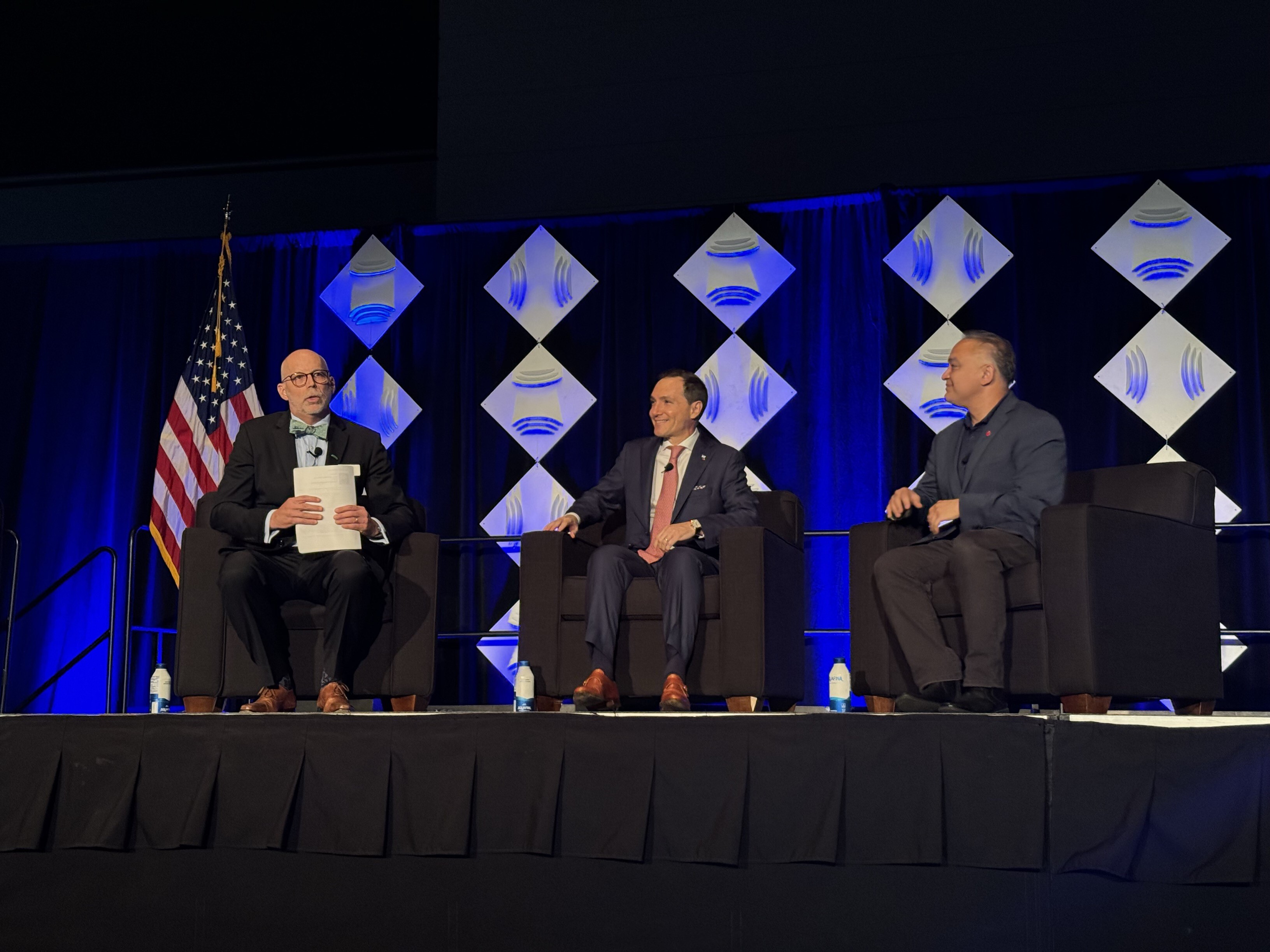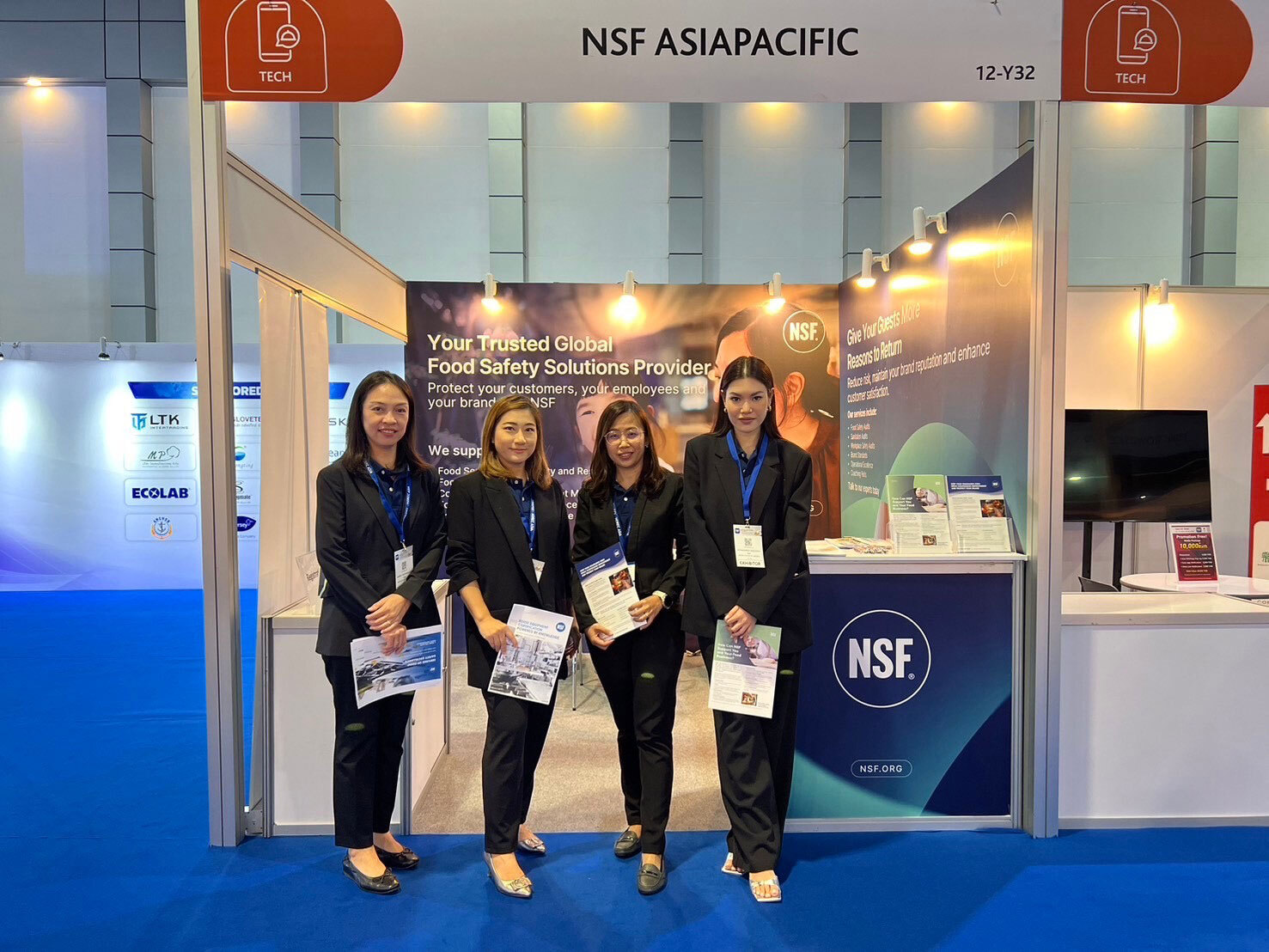Ductile Iron Pipe and Fittings: The Scope of Associated Product Standards

Ductile iron pipe and fittings have been used in water distribution and wastewater systems for decades. NSF has been certifying ductile iron pipe and fittings for use in drinking water distribution systems for years, and it’s important to understand the scope of these standards and their associated certifications to choose products that meet your state and local regulations.
Certifications available to this group of products include:
- NSF/ANSI/CAN 61: Drinking Water System Components - Health Effects
- NSF/ANSI/CAN 372: Drinking Water System Components - Lead Content
- ANSI/AWWA C115 - Flanged Ductile Iron Pipe
- ANSI/AWWA C606 - Grooved and Shouldered Joints
NSF/ANSI/CAN 61
NSF/ANSI CAN/61 certification covers materials and products that come in contact with drinking water or drinking water treatment chemicals, from source to tap. Certification to this standard ensures that the material or product does not impart contaminants above acceptable limits into potable water.
As such, while ductile iron pipes typically are coated internally and externally, NSF/ANSI/CAN 61 addresses only those surfaces normally in contact with the drinking water, so the external pipe coating is not addressed through this certification. Pipe and fittings certified by NSF meet the requirements set by state and provincial drinking water regulatory agencies in 49 U.S. states and 11 Canadian provinces/territories for NSF/ANSI/CAN 61 for municipal drinking water applications.
NSF/ANSI/CAN 372
NSF/ANSI/CAN 372 certification covers any drinking water system component that conveys or dispenses water for human consumption through drinking or cooking. This standard addresses the lead content based on the wetted surface areas of the product and contains criteria set forth in the U.S. Safe Drinking Water Act (SDWA). Ductile iron pipe, fittings and components that are certified to this standard meet the weighted average lead content requirement of less than or equal to 0.25%.
ANSI/AWWA C115
The ANSI/AWWA C115 standard pertains to flanged ductile iron pipe 3-64 inches in diameter with threaded flanges for water supply. NSF offers an audit-based certification to this standard, which includes ensuring that the pipe barrels conform to AWWA C115; verification of wall thickness; and multiple requirements related to the flanges and bolts, finishes, cutting oil, pipe threading, pipe cleaning, and marking and dimensioning.
ANSI/AWWA C606
ANSI/AWWA C606 addresses grooved and shouldered pipe joints for grooved ductile iron pipe 4-36 inches in diameter as well as 4-64-inch nominal diameter shoulder ends for ductile iron pipe. This standard provides minimum requirements that include materials, dimensions, tolerances, finishes, tests and testing procedures. NSF offers an audit-based certification to this standard that addresses its minimum requirements. It’s important to note that this standard does cover the gaskets used, but it does not cover hydrostatic rating requirements for couplings or joints under section 5.2.
National Association of Pipe Fabricators’ NAPF QualityPlus!™
NSF also serves as the independent third-party certifier for the National Association of Pipe Fabricators’ NAPF QualityPlus!™ Certification Program. NSF provides certifications to NAPF’s members for the standards mentioned in this article. The National Association of Pipe Fabricators is a nonprofit organization that was formed in 1977 and brings together ductile iron pipe fabricators, vendors and distributors to promote, support and educate members on industry standards, trends and guidelines.
Interested in Learning More?
How NSF Can Help You
Get in touch to find out how we can help you and your business thrive.

What’s New with NSF

NSF Shanghai Named Critical Site for NSF/ANSI 455 and NSF/ANSI 173 by ANSI National Accreditation Board
July 26, 2024
NSF Takes Center Stage at NEHA Annual Education Conference
July 25, 2024
NSF Asia Pacific Showcases Hospitality Solutions at THAIFEX HOREC Asia 2024 in Bangkok, Thailand
July 4, 2024